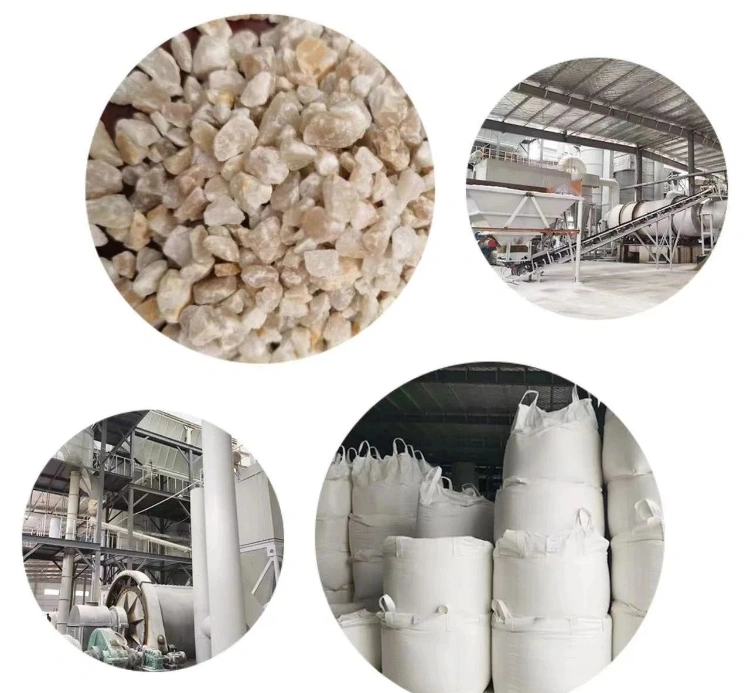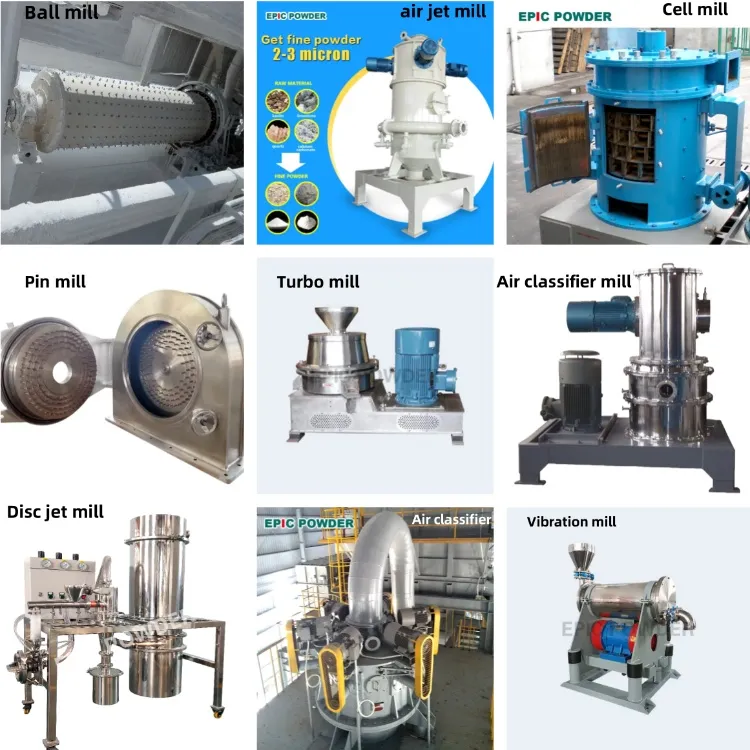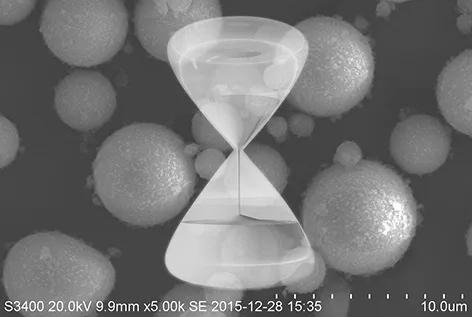In the field of plastic modification, fillers play a key role, with talc being widely used. Talc’s core function in plastic modification:
Economic performance optimization: It increases plastic volume, reducing costs and enhancing resin utilization. This makes it an essential additive in general-purpose and biodegradable plastics.
Two-phase structure and performance balance: Due to poor compatibility between organic plastics and inorganic talc, they form a continuous-dispersed structure.
This alters material properties:
- Enhanced performance: It provides higher rigidity, dimensional stability, wear resistance, flame retardancy, and acts as a coloring agent.
- Potential performance adjustment: Adding talc may reduce tensile strength and impact resistance, requiring formula optimization for balance.
Market demand and application trends:
Both traditional plastics and emerging biodegradable plastics rely on fillers like talc for modification. Its high usage drives continuous market demand. As the plastic industry shifts to green and functional materials, talc’s cost-effectiveness and multifunctionality are becoming increasingly important.

Classification and technical indicators of talcum powder
Talc is classified based on its usage, including plastic grade, rubber grade, coating grade, paper grade, cosmetic grade, pharmaceutical grade, cable grade, and ceramic grade.

Key technical indicators of talc include: mesh size, whiteness, and loss on ignition.
Mesh size: Mesh size refers to the number of holes in a given area of the sieve. The larger the mesh size, the smaller the particle size, requiring more complex production processes. With technological advances, the mesh size of mass-produced talc has increased from 800 to 5000 mesh. Generally, the smaller the particle size, the better the reinforcement effect on plastic. In addition to controlling particle size, it is important to control particle size distribution. A wide particle size distribution can affect the enhancement effect. Similar to calcium carbonate powder, talc requires chemical surface treatment for fine particles.
Loss on ignition: This is an indicator of talc purity, measured by the weight loss after high temperature impurity removal. Impurities like iron and heavy metals affect plastic’s aging resistance and thermal stability. Plastics processing generally prefers talc with a loss on ignition below 6.5%.
Whiteness: The cleaner the product, the higher the purity and better coloring effect. Talc whiteness ranges from 75% to 95%, and selection depends on material requirements.
Talc Powder in plastic Modification
Talc powder is made by refining talc ore. Its main component is magnesium silicate hydrate (3MgO•4SiO2•H2O). Talc powder has good chemical stability, resisting strong acids and bases. It also has excellent electrical insulation properties. As a functional raw material and filler, talc is widely used in plastics, rubber, and other fields.
Adding talc to polymers increases rigidity, improves dimensional stability, and prevents high-temperature creep in molded parts. Modified talc enhances tensile and impact strength of plastic parts.
Talc also improves melt strength and acts as a viscosity modifier. Due to small particle size, talc serves as a nucleating agent in crystallization.
At 1% or 5% talc addition, PLA crystallization rate increases. Above 10%, crystallization rate decreases.
Talc is white or light yellow, with a refractive index similar to PVC. It is suitable for light-colored plastics. Talc has excellent insulation and acid/base resistance, used in PVC, PP, PA, and ABS insulation products.
Application of talcum powder
Talc powder has a wide range of applications, suitable for most plastics and materials. It is widely used in engineering plastics like PP, PA, PC/ABS, PBT, and LCP.
Talc powder performs dual functions similar to calcium carbonate: cost reduction and fiber-like reinforcement. Talc improves HDT, bending modulus of thin-walled products, and reduces CLTE. It is commonly used in automotive, home appliances, and food containers industries.
Talc is used in chemicals like rubber, plastics, and paints as a reinforcing filler. Key features include increased shape stability, tensile strength, and shear strength. It also enhances flexural strength, pressure strength, and reduces deformation and thermal expansion. Talc is known for its high whiteness, fine particle size, and strong dispersion.

conclusion
In conclusion, talc in plastic modification offers significant benefits by enhancing material properties such as rigidity, dimensional stability, and heat resistance. Its dual role in cost reduction and reinforcement makes it an essential additive in a wide range of industries. By adjusting the particle size and surface treatment, talc’s performance can be further optimized to meet specific needs. As plastic applications continue to evolve, talc in plastic modification will remain a key solution for improving performance and reducing production costs.
epic powder
Epic Powder, 20+ years of work experience in the ultrafine powder industry. Actively promote the future development of ultra-fine powder, focusing on crushing,grinding,classifying and modification process of ultra-fine powder. Contact us for a free consultation and customized solutions! Our expert team is dedicated to providing high-quality products and services to maximize the value of your powder processing. Epic Powder—Your Trusted Powder Processing Expert !

